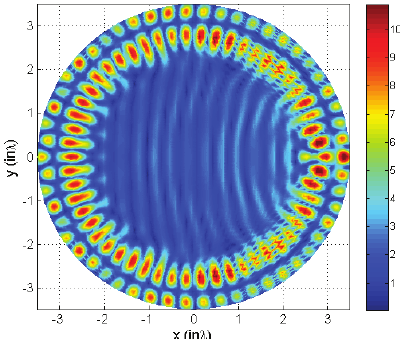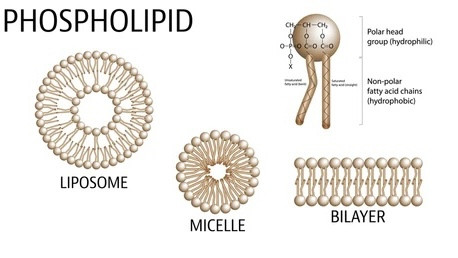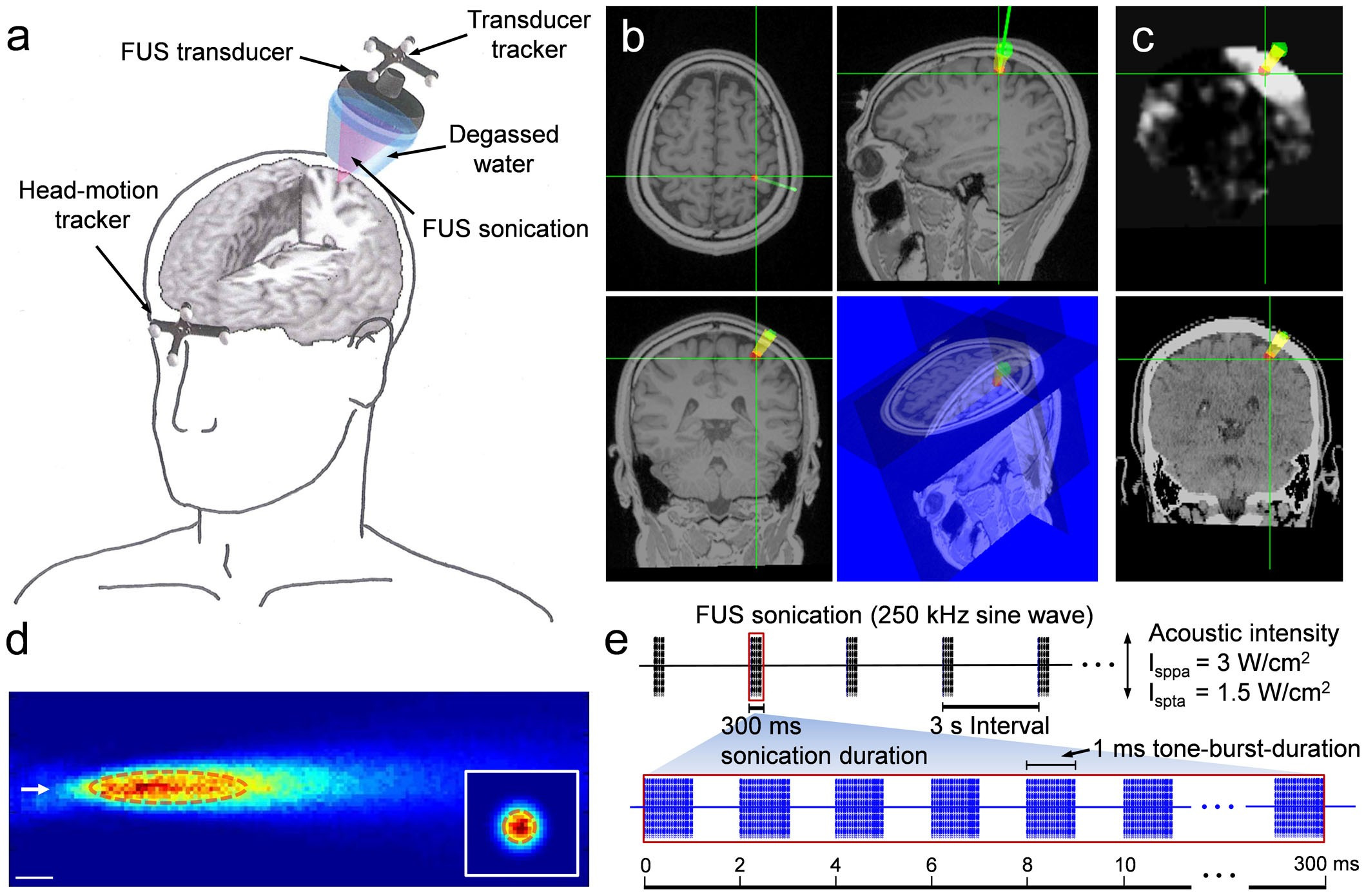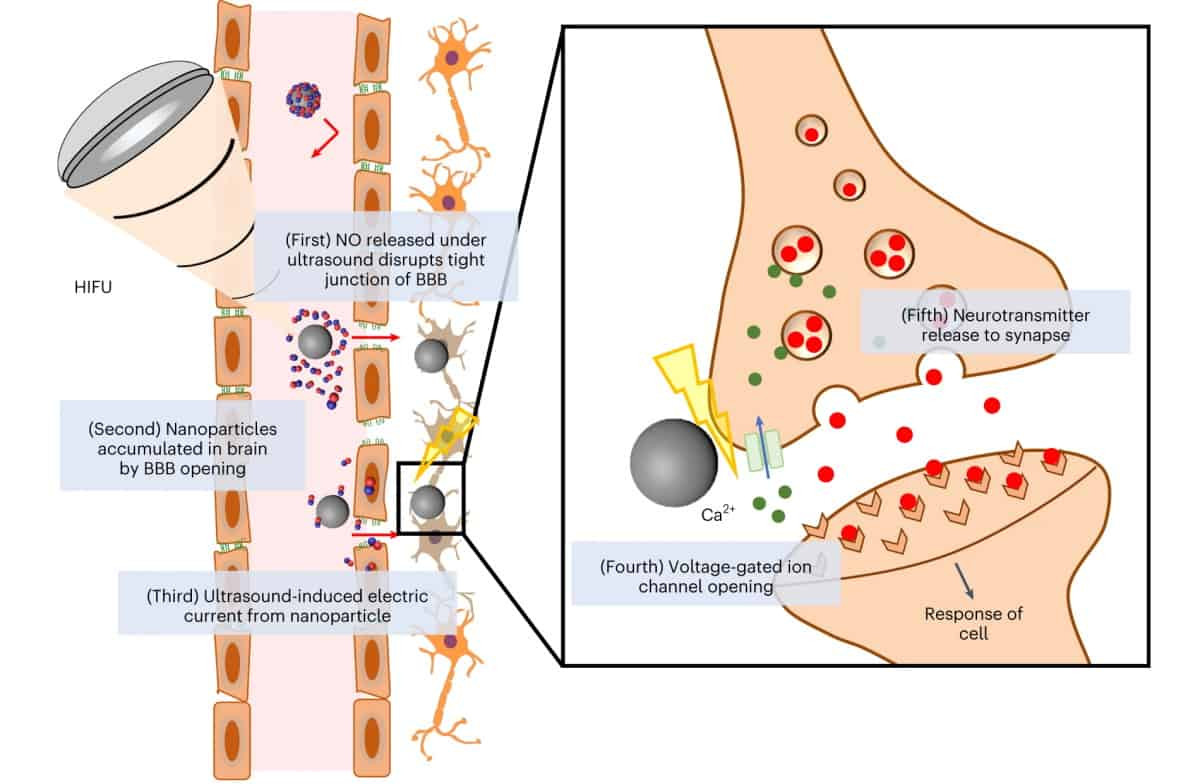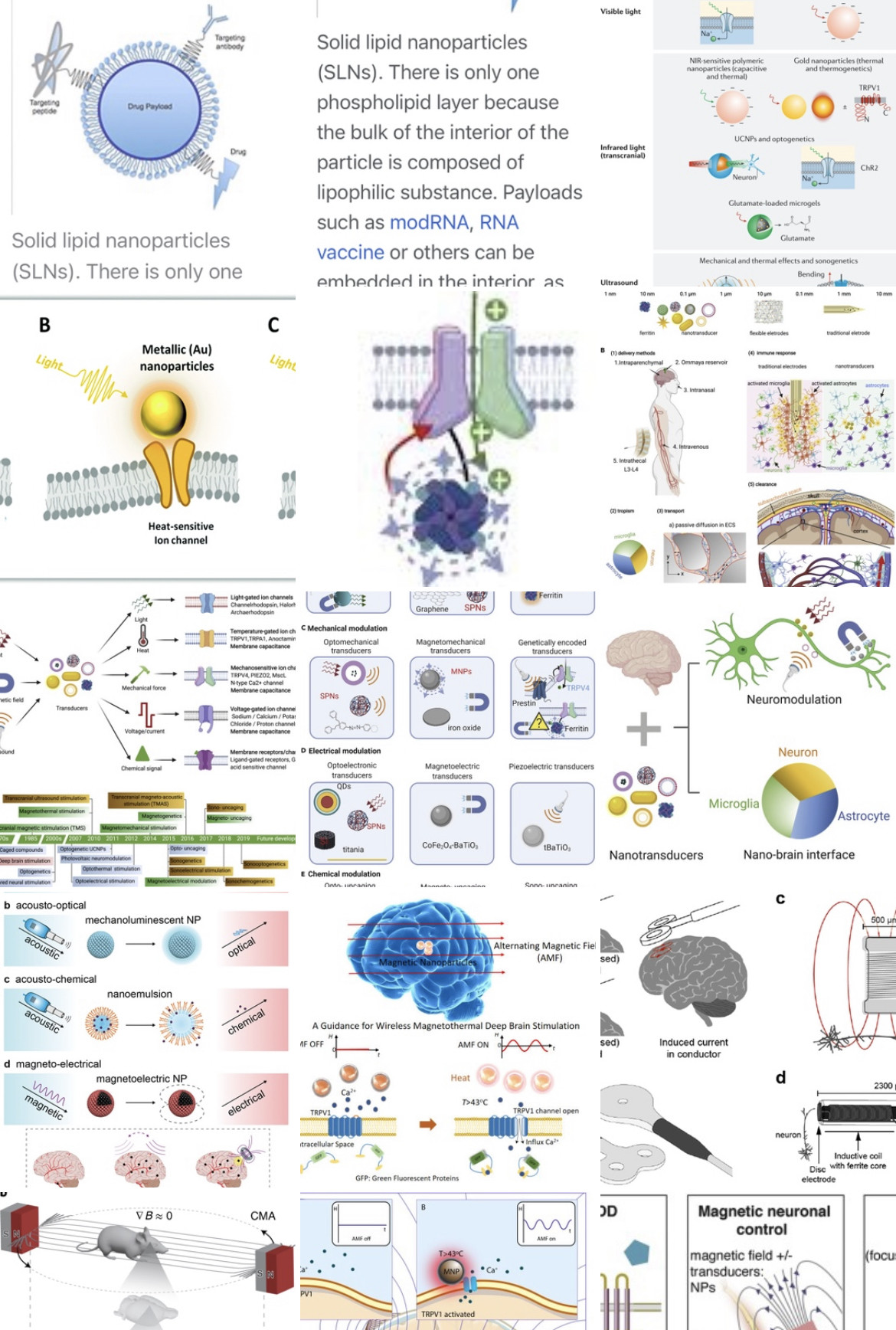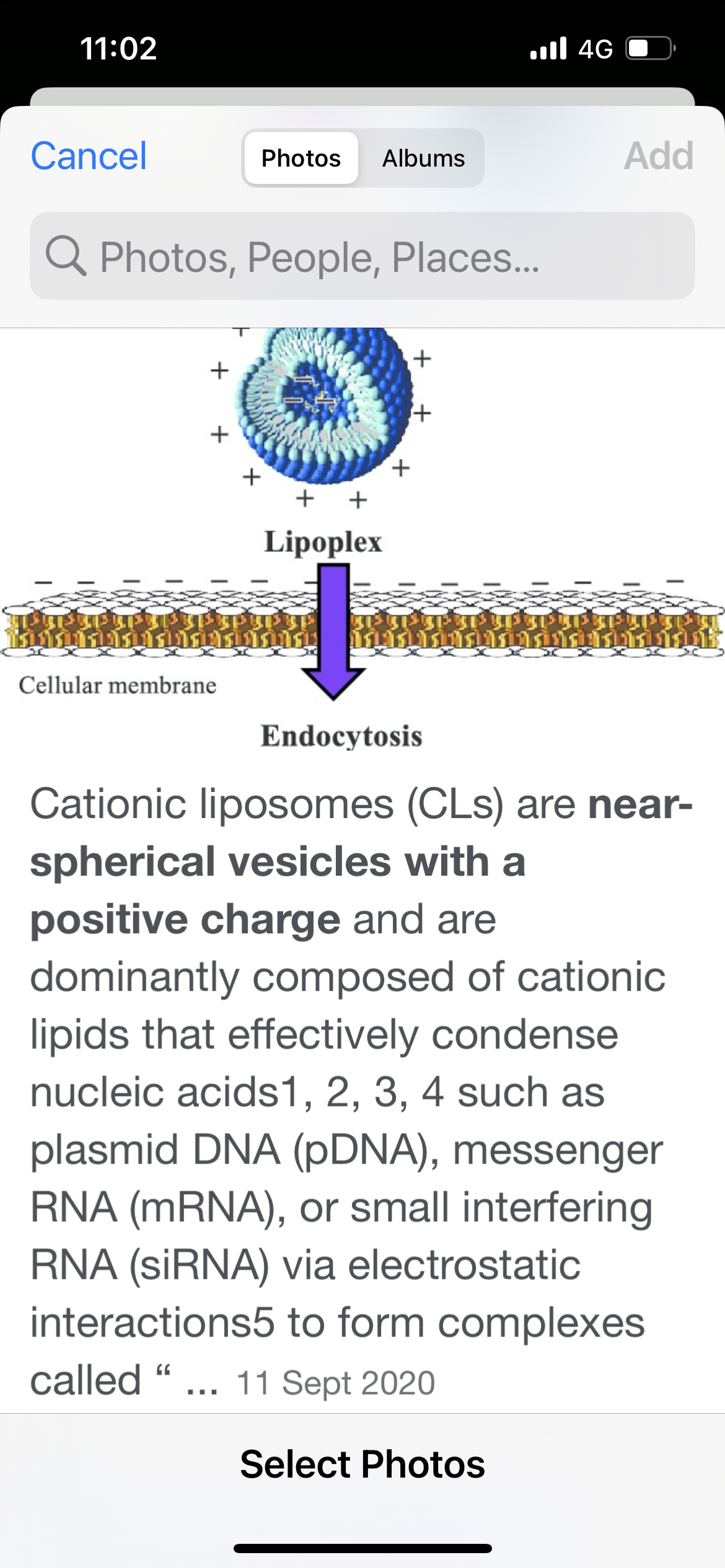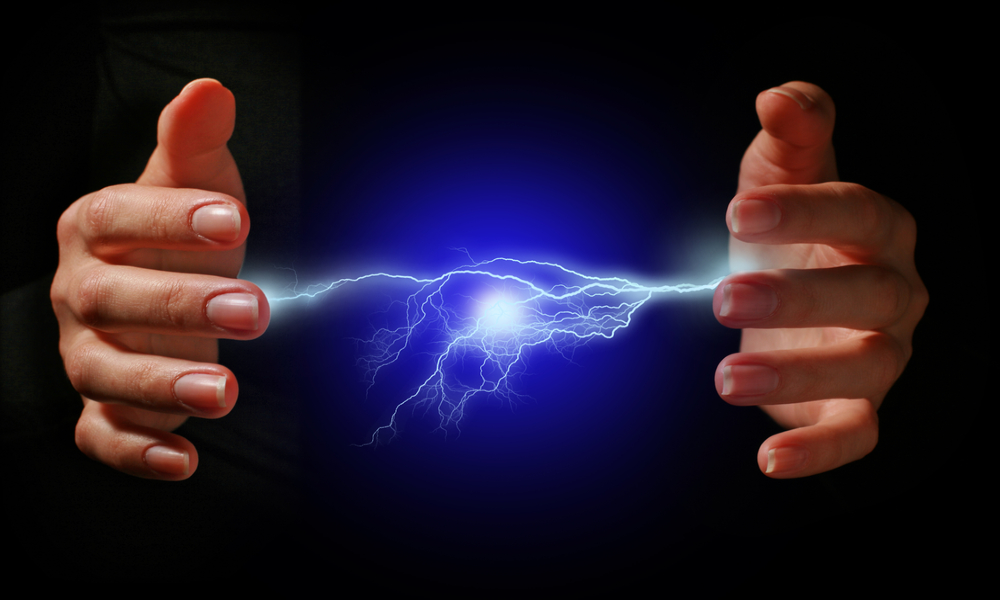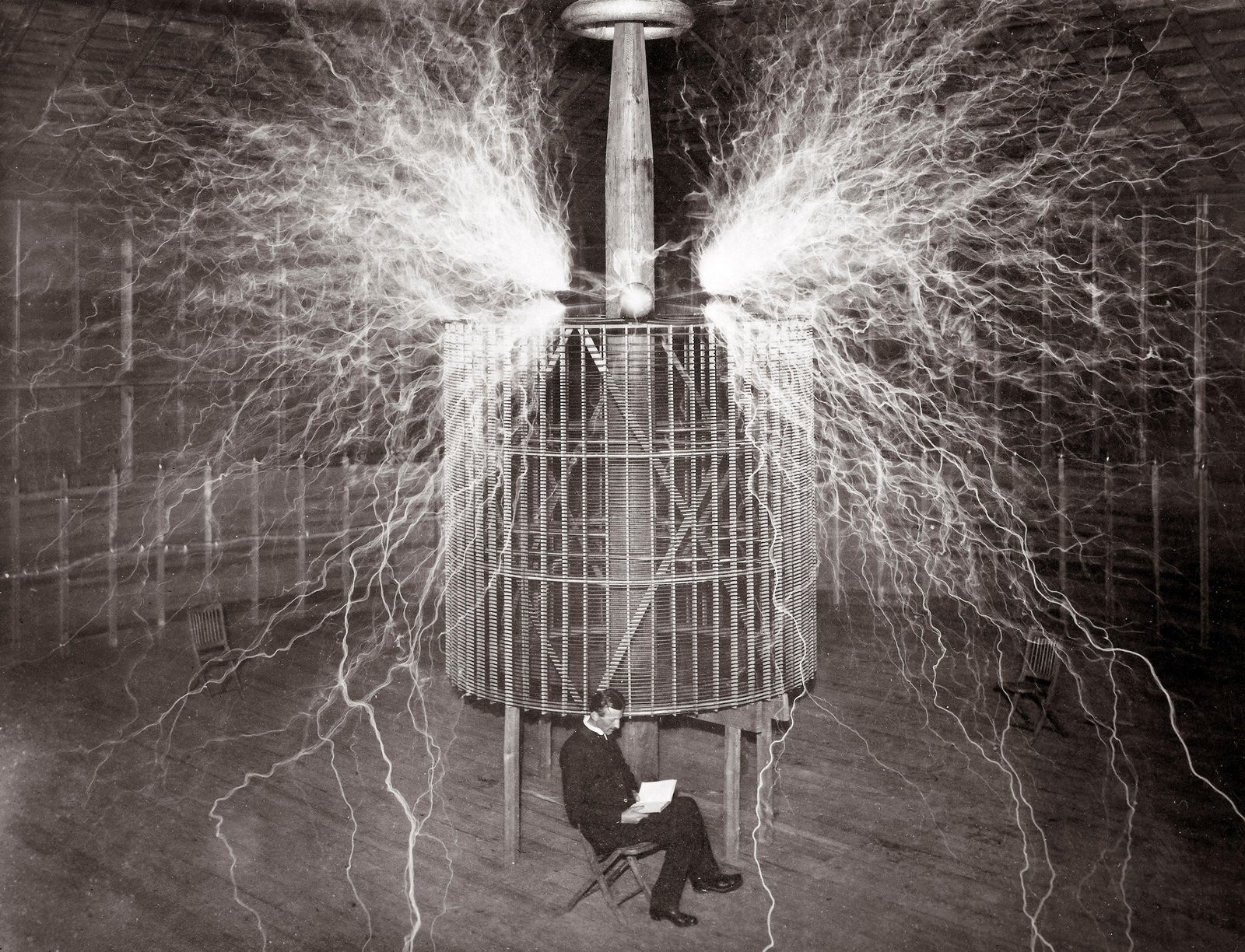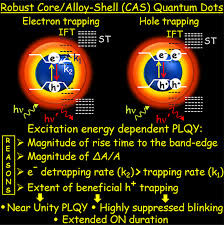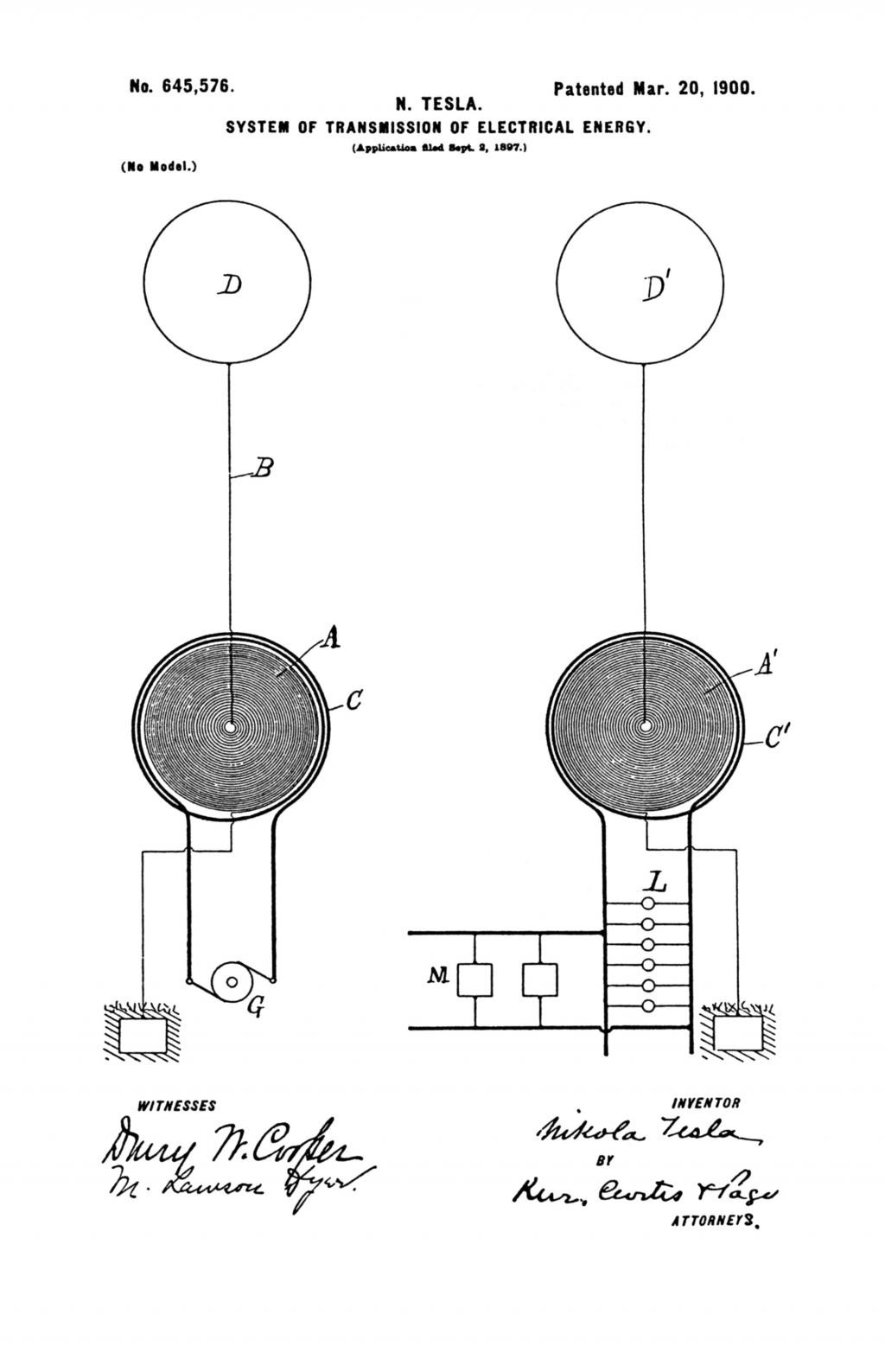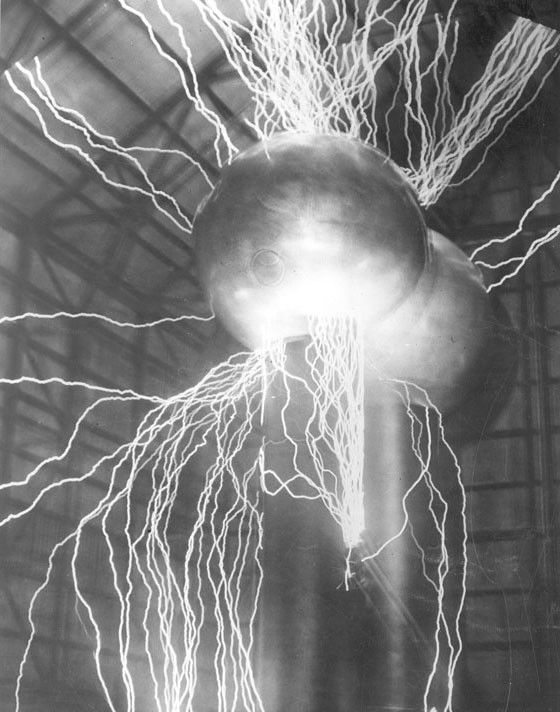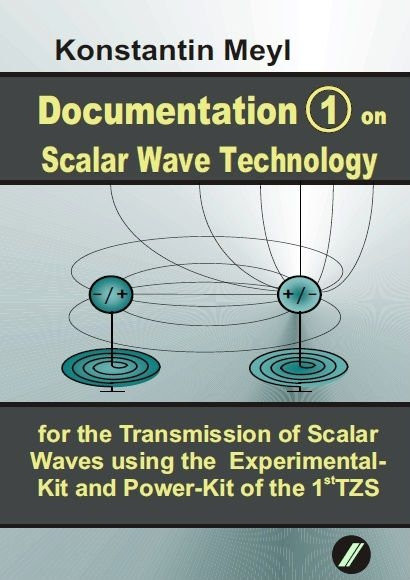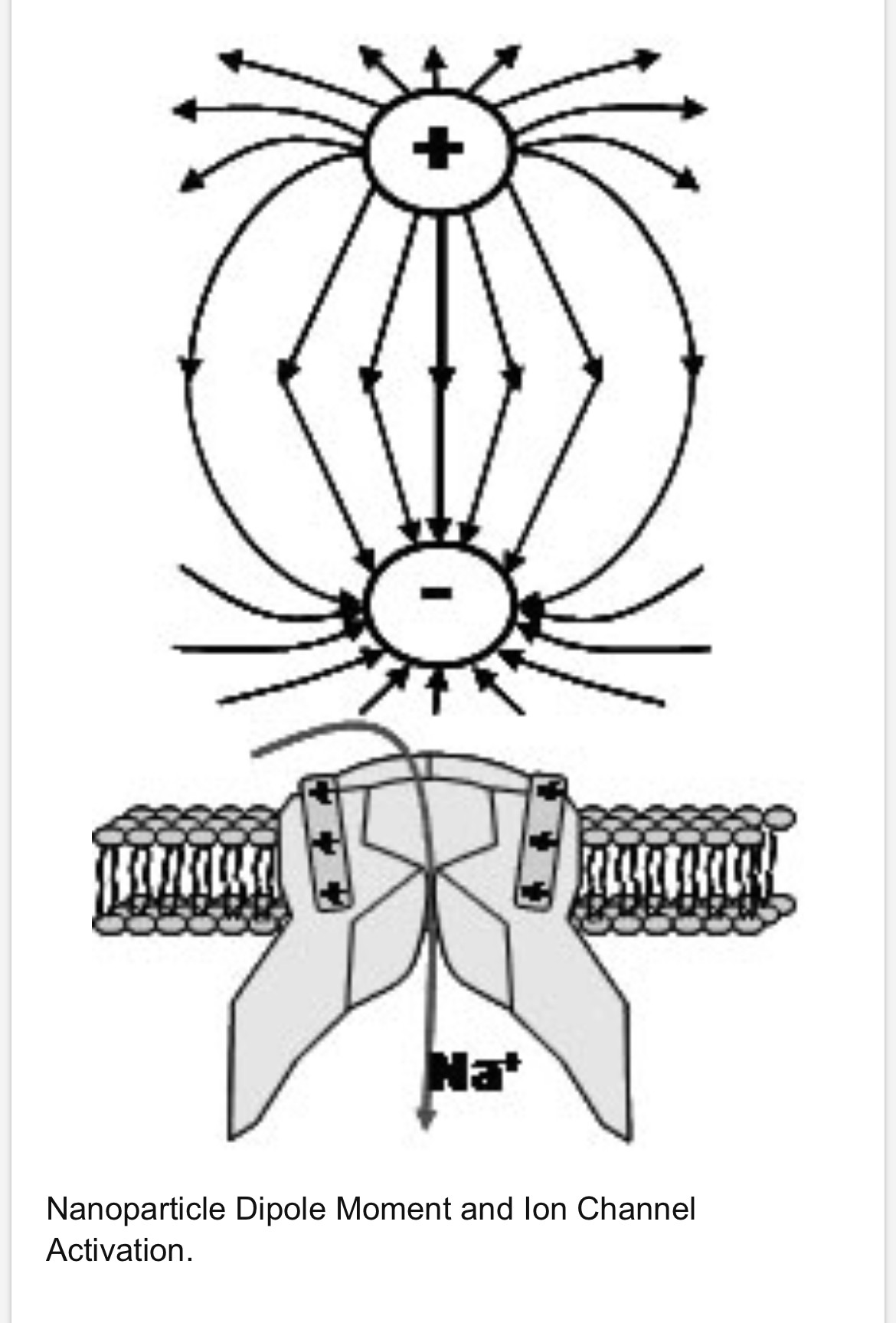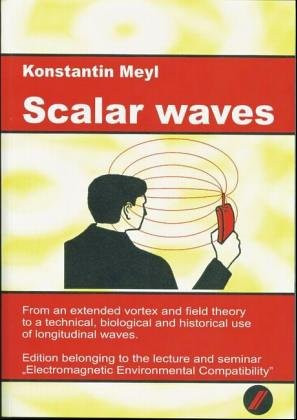I trust only the ones I love. I'm a verbal assassin, a #SaveOurChildren sniper. I spread God, Truth and Love. I'M NOT HERE FOR FOLLOWERS..
Demons on display.
#BlessUp Macdaddy!
I trust only the ones I love. I'm a verbal assassin, a #SaveOurChildren sniper. I spread God, Truth and Love. I'M NOT HERE FOR FOLLOWERS..
Now that's an oxymoron image....politicians and "brain initiative" do they even have brains?
rim (third-person singular simple present rims, present participle rimming, simple past and past participle rimmed)
(transitive) To form a rim on.
(transitive) To follow the contours, possibly creating a circuit.
Palm trees rim the beach.
A walking path rims the island.
(transitive or intransitive, of a ball) To roll around a rim.
The golf ball rimmed the cup.
The basketball rimmed in and out.
From Middle English rim, rym, ryme, reme, from Old English rēoma (“membrane, ligament”), from Proto-West Germanic *reumō.
Noun
rim (plural rims)
(UK dialectal) A membrane.
transbilayer (not comparable)
Across or through a bilayer.
see through
1.
not be deceived by someone or something; detect the true nature of someone or something.
"he can see through her lies and deceptions"
not be deceived by
not be taken in by
be wise to
get/have the measure of
read like a book
fathom
penetrate
realize
understand
not fall for
have someone's number
know someone's (little) game
transparency
/tranˈsparənsi,trɑːnˈsparənsi/
noun
1.
the quality of allowing light to pass through so that objects behind can be distinctly seen.
Wish I understood even 10th of what you post, Mac. Keep with it. We'll catch up eventually.
Image-Guided Transcranial Focused Ultrasound Stimulates Human Primary Somatosensory Cortex | Scientific Reports
Focused ultrasound (FUS) has recently been investigated as a new mode of non-invasive brain stimulation, which offers exquisite spatial resolution and depth control. We report on the elicitation of explicit somatosensory sensations as well as accompanying evoked electroencephalographic (EEG) potenti..
https://www.nature.com/articles/srep08743Piezoelectric nanoparticles are of interest as neural stimulators because in response to external stimuli – such as ultrasound, for example – they deform and output direct current. The researchers propose that this current could then be used to stimulate dopaminergic neurons to release neurotransmitters.
ultrasound, for example – they deform and output direct current.
Direct current (DC) is an electric current that is uni-directional, so the flow of charge is always in the same direction. As opposed to alternating current, the direction and amperage of direct currents do not change. It is used in many household electronics and in all devices that use batteries.
Direct current (DC) is more likely to cause muscle tetanus than alternating current (AC), making DC more likely to “freeze” a victim in a shock scenario.
Well, one should not be afraid of electricity, but one must remember that both AC current and DC current can be dangerous to the human body, and safety measures must be taken into consideration when working with any of them
Electric injury can also affect the central nervous system. When a shock occurs, the victim may be dazed or may experience amnesia, seizure or respiratory arrest. Long-term damage to the nerves and the brain will depend on the extent of the injuries and may develop up to several months after the shock.
Electrical shock can result in neurological complications, involving both peripheral and central nervous systems, which may present immediately or later on. However, delayed neurological complications caused by low-voltage electric shock are rarely reported.
Research shows that even relatively minor shocks can cause damage to the brain. Low voltage shocks cause changes that go mostly unreported and may not be significant enough to bother the victim. However, when the shock is high-voltage, death or permanent impairment is likely.
16 Mar 2020 — While many symptoms of TBI and autism overlap, there is currently no evidence to suggest that a brain injury causes an increased risk of autism
Nanoparticles can disrupt the function of ion channels in membranes (14, 39–41), altering ion channel gating (39) and membrane potentials (14, 42). For example, while anionic nanoparticles are often considered nontoxic (29), they have been shown to preferentially interact with neuronal membranes (vs. glial cells) and modulate their excitability, whereas such effects were not induced by cationic or neutral nanoparticles (15). Computational and experimental studies have provided evidence that some nanomaterials can decrease ion channel function by blocking the channel entrance or by altering protein conformation via binding to extracellular domains (40, 43–45).
Nanoparticle-induced perturbation to the mechanical properties of phospholipid bilayers has also been invoked as a potential explanation for observed disruption of ion channel function (39, 41, 42). The binding of nanoparticles to phospholipid bilayers can alter the mechanical properties of membranes (19), but evidence correlating changes in membrane properties to altered ion channel (or other membrane protein) function has been inconclusive.




